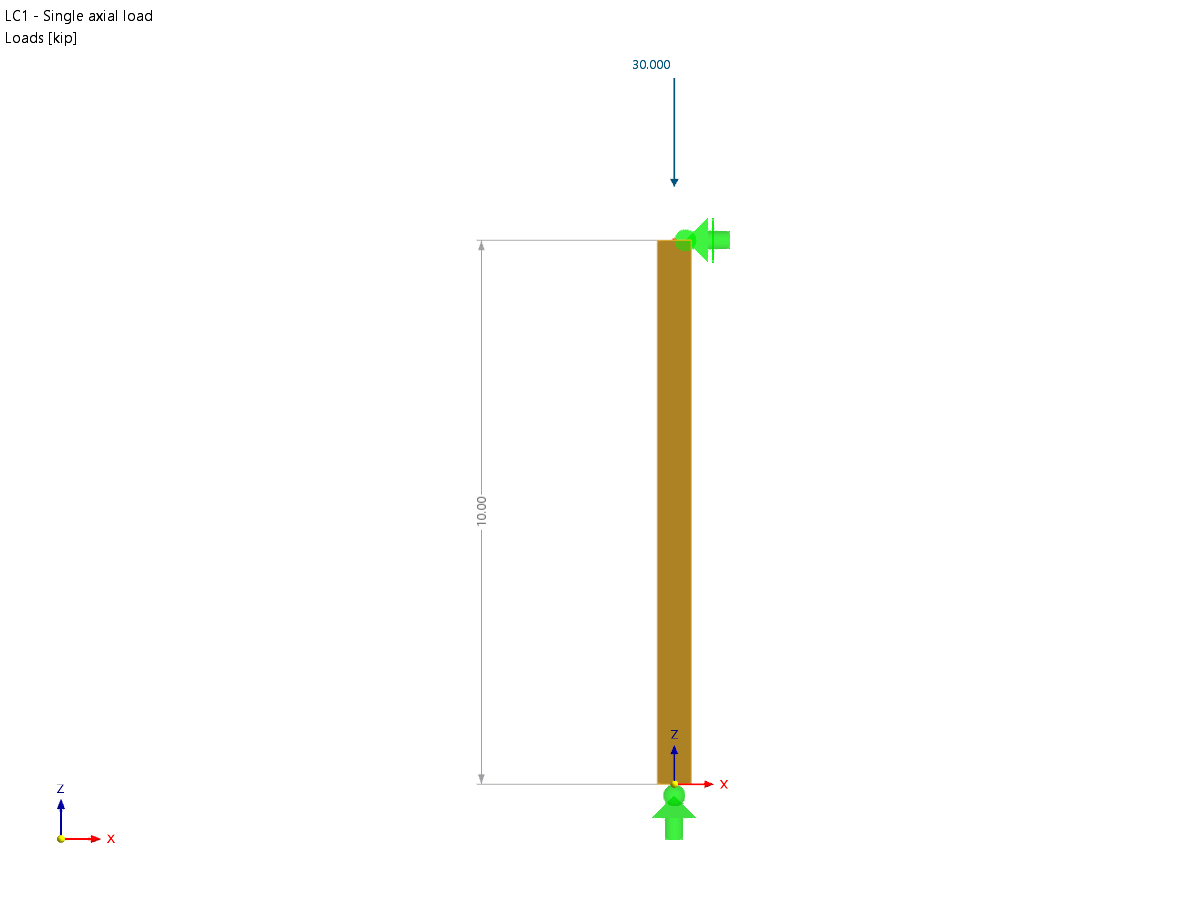How can we build cheaper and faster?
Engineer Chuck Hull invented the first 3D printer in 1984.
What actually is 3D printing?
It is an additive printing method of three-dimensional products. A component is designed in a CAD program, then the information is sent to the printer. Then, the object is printed in individual layers. This methodology is interesting for the production of prototypes, models, tools, and precast parts.
In contrast to conventional processes, this does not require expensive molds or mold changes. Many work steps are omitted. It is possible to apply complex geometries and mass production. Overall, these advantages lead to more energy-efficient production.
This innovation allows for many interesting approaches. In addition to working with plastics and metals, it is also possible to use clays, waxes, or resins.
A plane is a good example. A higher weight means more kerosene. With 3D printing, however, the production of curved structures is much easier. 3D printing is also applicable in medicine; for example, for individual prostheses. The industry even goes so far as to print meat made from vegetable proteins with the chewing consistency of real meat.
On-site production is an important step in 3D printing. It saves long distances, because it is only necessary to forward the digital information.
Can 3D printing also be used in the construction industry? Will this revolutionize construction?
In the construction industry, 3D printing is still in its infancy. It is not yet possible to predict how this trend will develop in the future.
In fact, more sustainable alternatives already exist, such as clay and loam. In the case of 3D printing, the mostly liquid concrete is stacked in layers. You can imagine it like a cream cake, with a push button as a piping bag. Some projects in the construction industry have already been created using a 3D printer. The pioneering countries are China, the United Arab Emirates (Dubai), and the USA.
In Germany, there are no standards and codes for 3D printing, which is why there are fewer printed buildings. However, the Technical University of Munich has been researching this innovation for years. Therefore, a construction permit for two printed buildings with several stories was issued in Germany.
The first detached house with two stories was built in Beckum, North Rhine-Westphalia. In total, it took 100 hours of printing.
In Wallenhausen, Bavaria, the first apartment house with three stories and a total of 380 m² of living space was built. Experts have developed concrete used exclusively for 3D printing.
The composition is a great challenge here. The companies still keep the formula secret. The concrete must meet some requirements: On one hand, it should be possible to pump the fresh concrete. It should have a good shape to be conveyed through the nozzle opening. The composition should harden quickly to avoid the structure failure when applying a new layer to the ridge. On the other hand, the concrete should not harden too quickly, otherwise there would be no bond with the lower layers.
As soon as the right composition for the concrete has been found, a 3D printer is screwed to a foundation. The company Peri has taken on this task and developed a printer. It is a portal system with various modules that can be set individually. The fastest speed is one meter per second. However, to be able to also do the manual work at the same time, only 25 centimeters per second are printed, so it takes about five minutes to print one square meter.
Additional works are, for example, window openings and electronics, such as sockets. Then, no continuous walls are printed, for example, with a uniform width of 24 centimeters, but two individual walls with a width of three to ten centimeters that form a hollow wall. A space is left in the internal side which is not entirely filled with concrete. It is lighter and requires less material.
Will 3D printing revolutionize the construction industry?
In theory, there are many advantages of using 3D printing in the construction industry.
3D printing would counteract the skilled labor shortage, since it requires much fewer skilled workers. There is less waste, because only the material that is really needed is used. Each cutout is planned from the very beginning.
It is interesting to note that it is also possible to use recycled products. Italy has this company: WASP. Instead of concrete, natural mud is used here. Waste products from rice production are used as an admixture. In Amsterdam, an idea arose to print a canal house made of bioplastic. In general, 3D printing also reduces energy consumption, because many transport routes are omitted; for example, raw materials and workers.
It is possible to apply individual geometries. Conventional technologies cannot be programmed in this way, because no formwork is required. Therefore, architects have more options to express themselves.
Is 3D printing even possible?
However, the hurdles of this technology are predominant. People have yet to accept 3D-printed houses. They look very special, with ridges on the walls. This will probably take some time if you look at other trends, such as precast construction.
The technology sometimes reaches its limits, as only certain materials can be used. In the US, the houses are advertised as being manufactured within 24 hours. However, this only affects the walls and not the other installations, such as the interior design. It also takes some time to set up and calibrate the printer at all.
3D printers would be advantageous in crisis regions. After natural disasters, reconstruction could be faster and cheaper. The idea is also that developing countries could build faster and cheaper with local materials. In countries with wars nearby, new buildings can be built quickly so that people do not have to flee far to stay in their homeland.
However, there are also other hurdles. How should a 3D printer be transported? Are the right materials available on site at all?
Another problem is that so far, it is only possible to create vertical structural components or support elements subjected to compression. Wherever bending or tensile forces occur, it becomes difficult to print the components.
Is 3D printing really as sustainable as its supporters think? Waste is minimized during printing, because it is possible to calculate exactly what is needed. However, it also requires a lot more cement for the special pressure, the production of which generates a lot of emissions. For comparison, the harmful emissions are even worse than those of air traffic. In the case of 3D concrete, approximately twice as much cement is used as in the case of conventional sheeting.
Result
In the future, it will be impossible to eliminate concrete. Large foundations and bridges, for example, will have to use this strong material for an even longer time. The advantages of the 3D printing are understandable in theory, but not sufficiently proven.
Of course, it can be used to advance digitization in the construction industry. However, if you look at the challenges, it soon becomes clear that these workings still have to be considered critically. In the future, the construction materials will change. More sustainable products, such as clay and wood, must be used to avoid a climate crisis.
The appearance of the 3D printing is also in question. Of course, it is a matter of opinion, but it is not clear how aesthetic the structure will look in ten years.
It is difficult to make reliable statements, because everything is still in its infancy and the cost calculations have not yet been published. There is simply not enough experience with printed houses.
Nevertheless, development is ongoing, and it is exciting. Perhaps in the future, only individual parts for the construction site will be printed in a plant. A particularly exciting innovation is printing on Mars. Researchers have found clay there that could also be used for 3D printing.










.png?mw=350&hash=c6c25b135ffd26af9cd48d77813d2ba5853f936c)















![Basic Shapes of Membrane Structures [1]](/en/webimage/009595/2419502/01-en-png-png.png?mw=512&hash=6ca63b32e8ca5da057de21c4f204d41103e6fe20)











.png?mw=512&hash=ea9bf0ab53a4fb0da5c4ed81d32d53360ab2820c)










